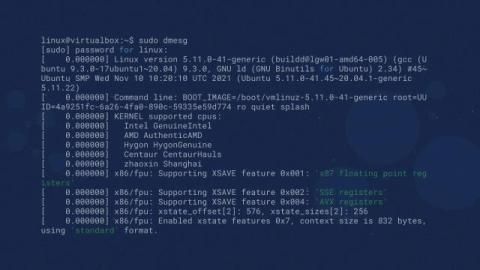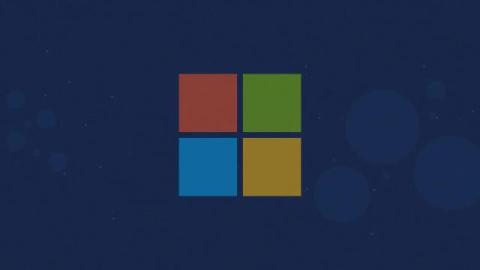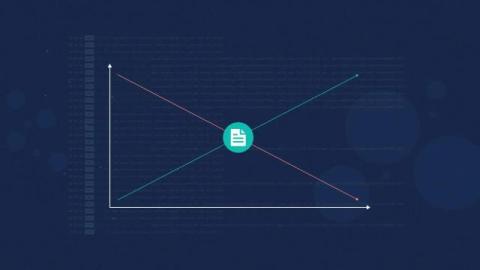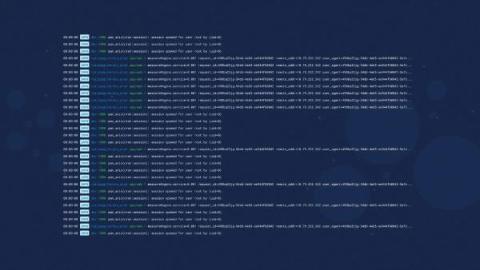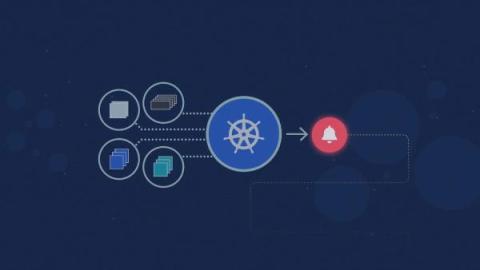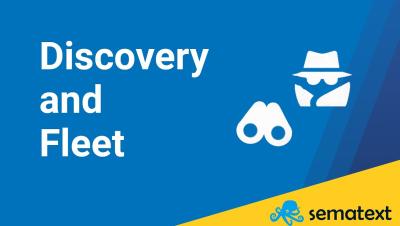Introducing Logsene CLI
In vino veritas, right? During a recent team gathering in Kraków, Poland, and after several yummy bottles of țuică, vișinată, żubrówka, diluted with some beer, the truth came out – even though we run Logsene, a log management service that you can think of as hosted ELK Stack, some of us still ssh into machines and grep logs! Whaaaaat!? What happened to eating our own dog food!?




